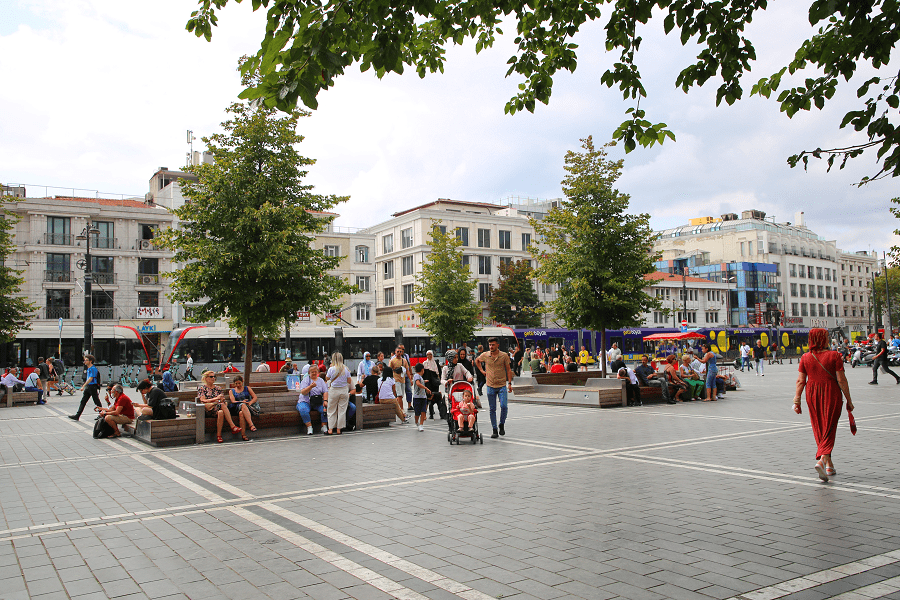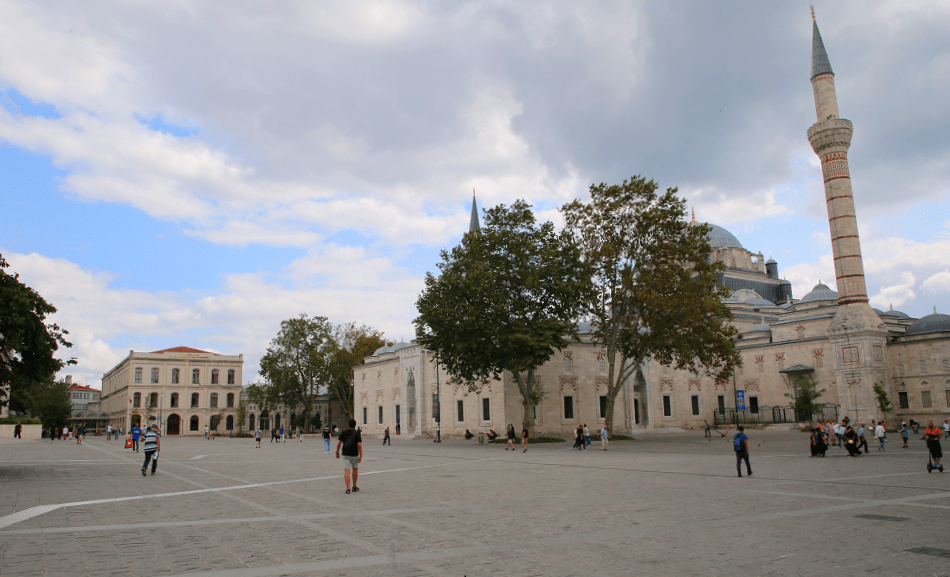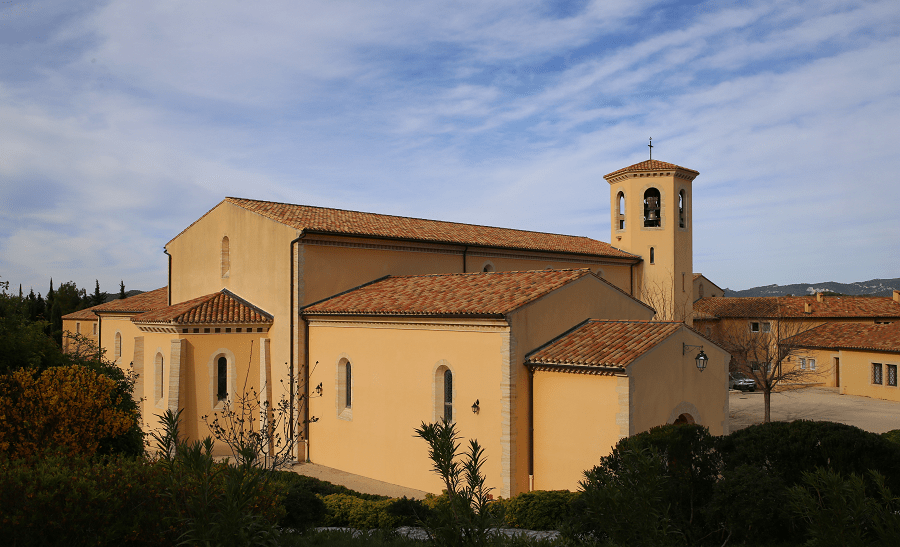Beyazıt Square (Beyazıt Meydanı) is a square with a central location on the historical peninsula in Istanbul. Its location largely coincides with the Theodosius Forum, one of the most important squares of the city during the Byzantine period. It is more generally known as Beyazıt Square after the early Ottoman Bayezid II Mosque on one side.
Its current form was designed by Turgut Cansever.
A palace was first built in the northern part of the land where the Theodosian Forum used to be located, immediately after the conquest of Istanbul. This first palace, whose construction was completed in 1458, later became known as the Old Palace with the construction of Topkapı Palace.
During the reign of Bayezid, the social complex named after the sultan was built in the area south of the Old Palace. After the establishment of the social complex, the area between the walls of the Old Palace and the buildings of the social complex was called Beyazıt Square.
The marriages of the sultans’ daughters and the circumcision ceremonies of the princes were held in the Old Palace and the square. Nahıls (decorated artificial trees) traditionally built for these ceremonies were presented to the public in Beyazıt Square.
It is also known that the square was used for public entertainment. The shows performed by musicians, fortune tellers, animal dancers, jugglers and acrobats in the square. The square appears in the narratives of Stephan Gerlach, who visited Istanbul between 1577 and 1578.
The square almost never changed its function until the 1800s.
On one side of the square is the main entrance to Istanbul University, its buildings designed by the French architect Marie-Auguste Antoine Bourgeois. It is accessible via a grand Neo-Renaissance arch. The Beyazıt Tower, once a fire-warning tower, in the grounds of the university is visible from the square.
Between the entrance to the university and the mosque is the Beyazit State Library, founded in 1884 and completely renovated and modernised in 2006 by the Tabanlıoğlu firm of architects. During the course of the renovation the remains of a Byzantine church were found below the site. Before its conversion into a library the building had been used as a soup kitchen and caravanserai.













